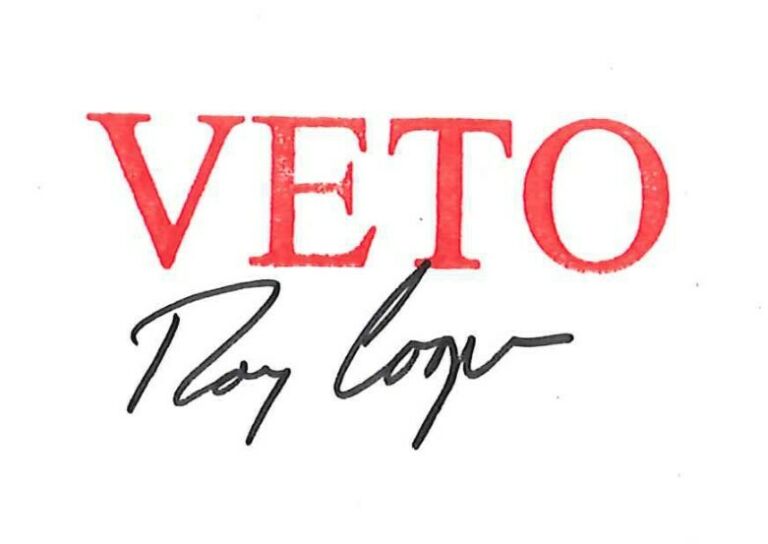You may have heard that the answer to life, the universe, and everything is 42, but nobody knows the question. In state government, people either have questions or they have answers. The questions often don’t have a single answer, and the answers often lead to more questions.
Two of the most common questions people ask those of us at the John Locke Foundation are “How do you make government more efficient?” and “How do you shrink government?” For some people, these are the same question, just worded differently.
One way people try to answer the efficiency question is by counting the number of people a manager oversees, a measure called the “span of control.” There are even recommendations about the minimums for an organization. In 1996, the Office of State Budget and Management said each manager should oversee at lease eight people. Texas and Oregon have legal minimums of 11 people per manager.
Span of control can be a good reference for organizational structure and efficiency, but it has the potential to yield bad decisions to meet numbers. The most straightforward approaches would be to hire more underlings or fire more managers. More likely responses would be to reorganize in a way that does not make operational sense or to redo the organizational chart without changing operational practice. These Procrustean approaches based on answers do little good and have the potential for real harm.
Take Department of Labor as an example. Its mission is to carry out the roles assigned to it by the General Assembly. These roles include making sure that mines, quarries, boilers, elevators and amusement devices are safe, that employers do not discriminate in illegal ways and abide by statutory standards for wages and hours, and to ensure businesses meet other state and federal occupational safety and health requirements.
Tied to the department’s mission-based activities, it has a print shop with two printing equipment operators and two graphic artists, IT staff to manage the (sometimes obsolete) hardware, business application staff to manage the (sometimes obsolete) software, plus staff to do statistical analysis, accounting, purchasing, HR, legal and external relations. It does not have building maintenance staff, and the IT and printing operations are a frequent place people look for operational efficiencies across state government. Rules from the Office of State Human Resources, Office of State Budget and Management, Office of the State Controller, Department of Administration, and Department of Information Technology, as well as legislation in each of these areas, affect how well state agencies can carry out back-office functions on its own or through a shared service.
Rather than apply a single answer (42, 8, Omaha, or anything else) to the Department of Labor’s structure, what if we asked questions about its functions? Here are some for starters
- Are the tasks we ask the agency to perform still relevant?
- Is the agency still the right place to perform each task?
- Are there better ways to accomplish the same goals?
- What must the agency do itself and what can it get elsewhere in state government or from a private provider?
- Does the agency have the right people and the right number of people for the tasks it must do?
- Is the agency’s technology appropriate to manage and report on agency functions?
- Do the agency’s processes and those across government work well?
- Is the budget aligned properly to meet the immediate and future needs of the agency?
- What flexibility should the agency have within its current budget to make investments in its core operations and back-office systems if it sees a need?
These questions can only be answered when there is mutual trust, not when people are defensive of what they have. Staff will admit their agencies sometimes act as foster parents for programs looking for a permanent home, but until that happens, the program is part of their mission and they put the necessary resources to it. Toyota became the global standard for automotive quality by trusting its workers to stop the production line if there was a problem and tracing the problem back to its source. What keeps state government from trying this? What questions would you ask?


